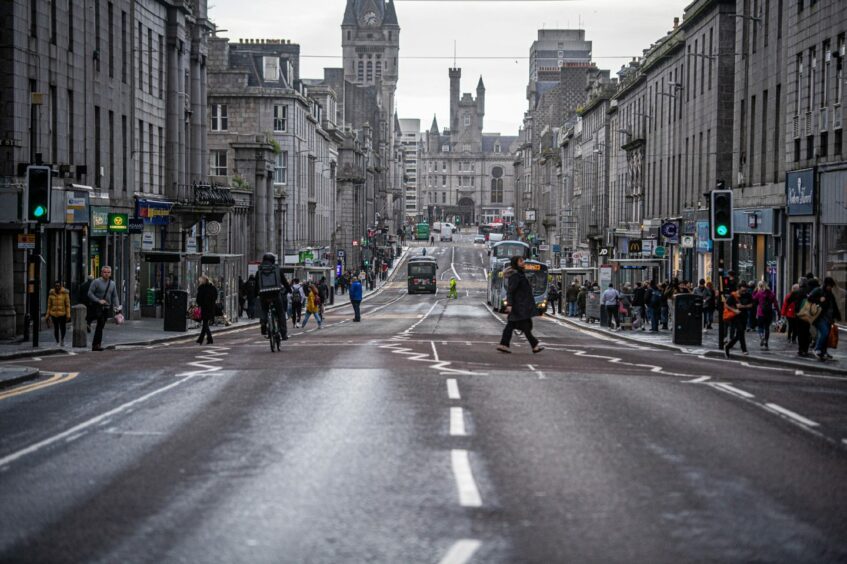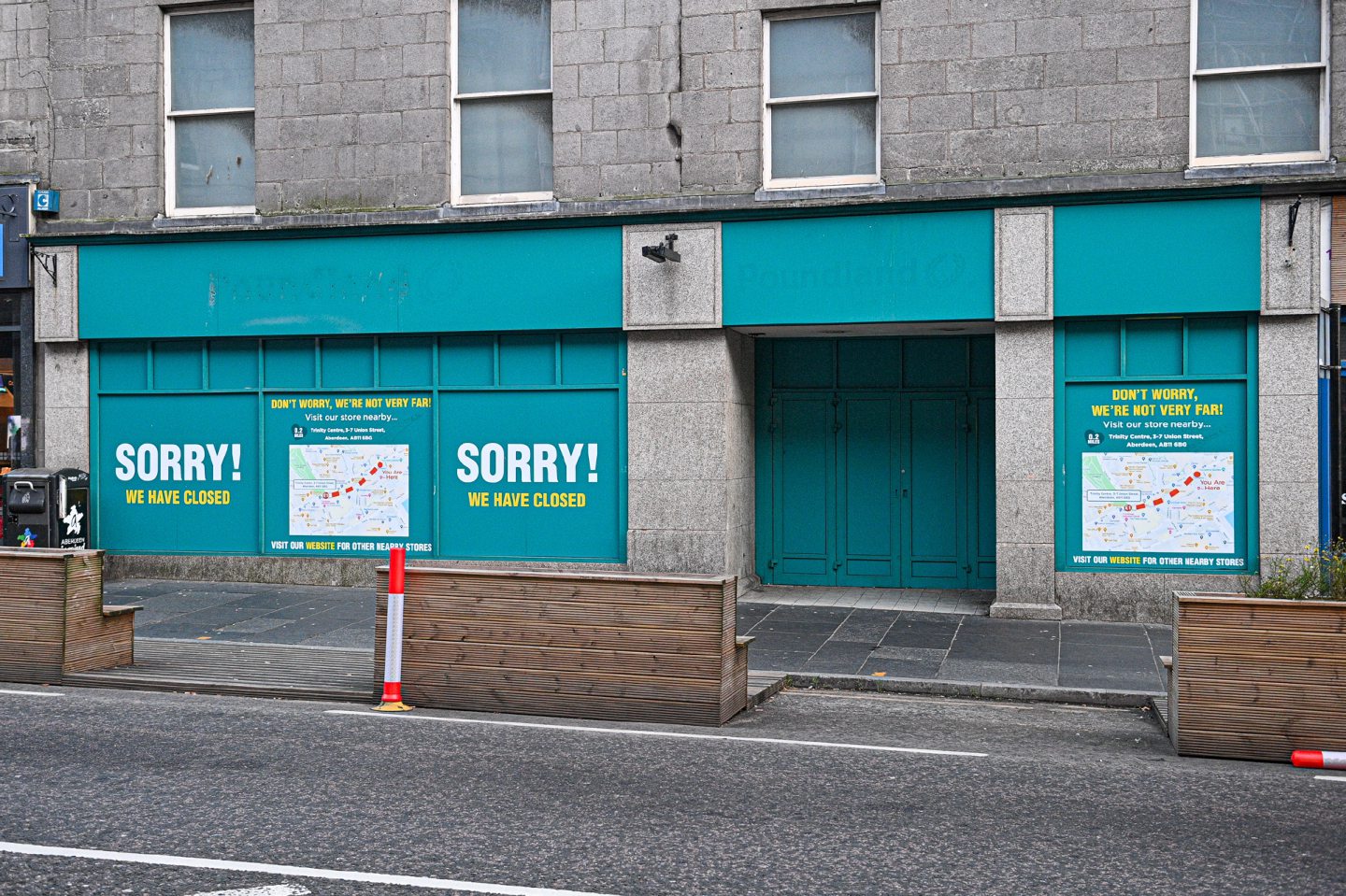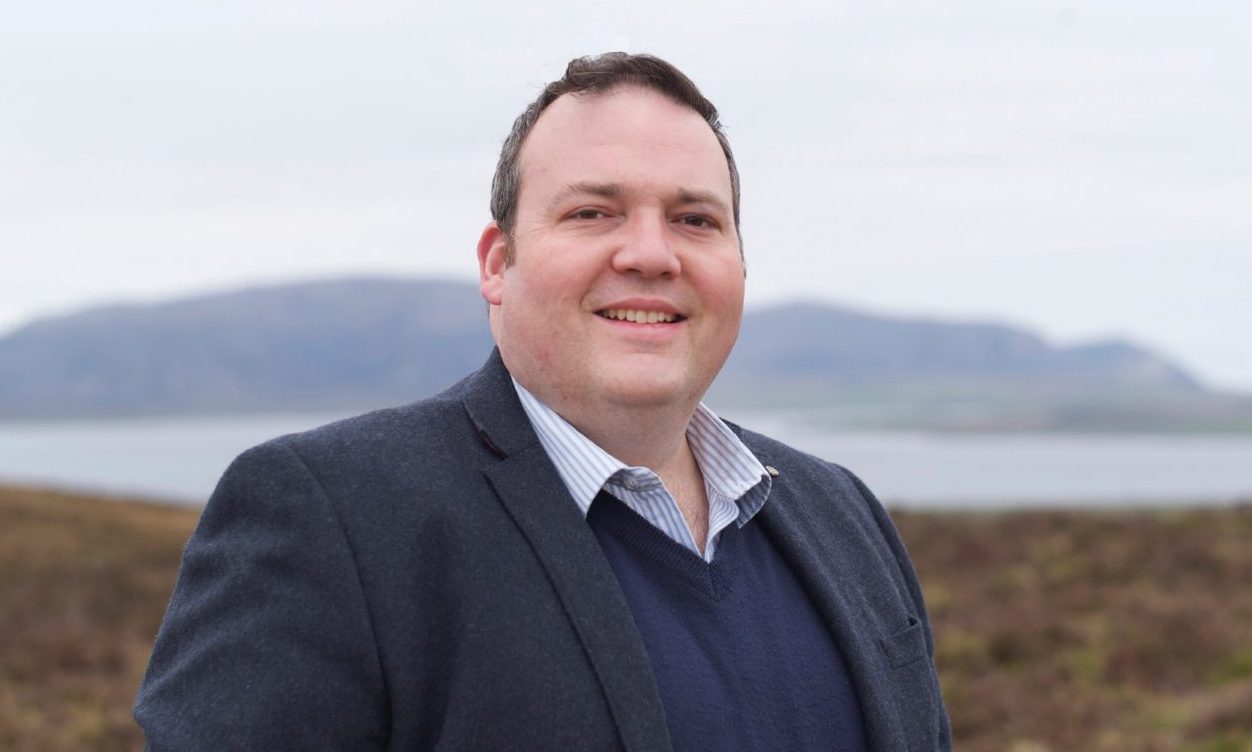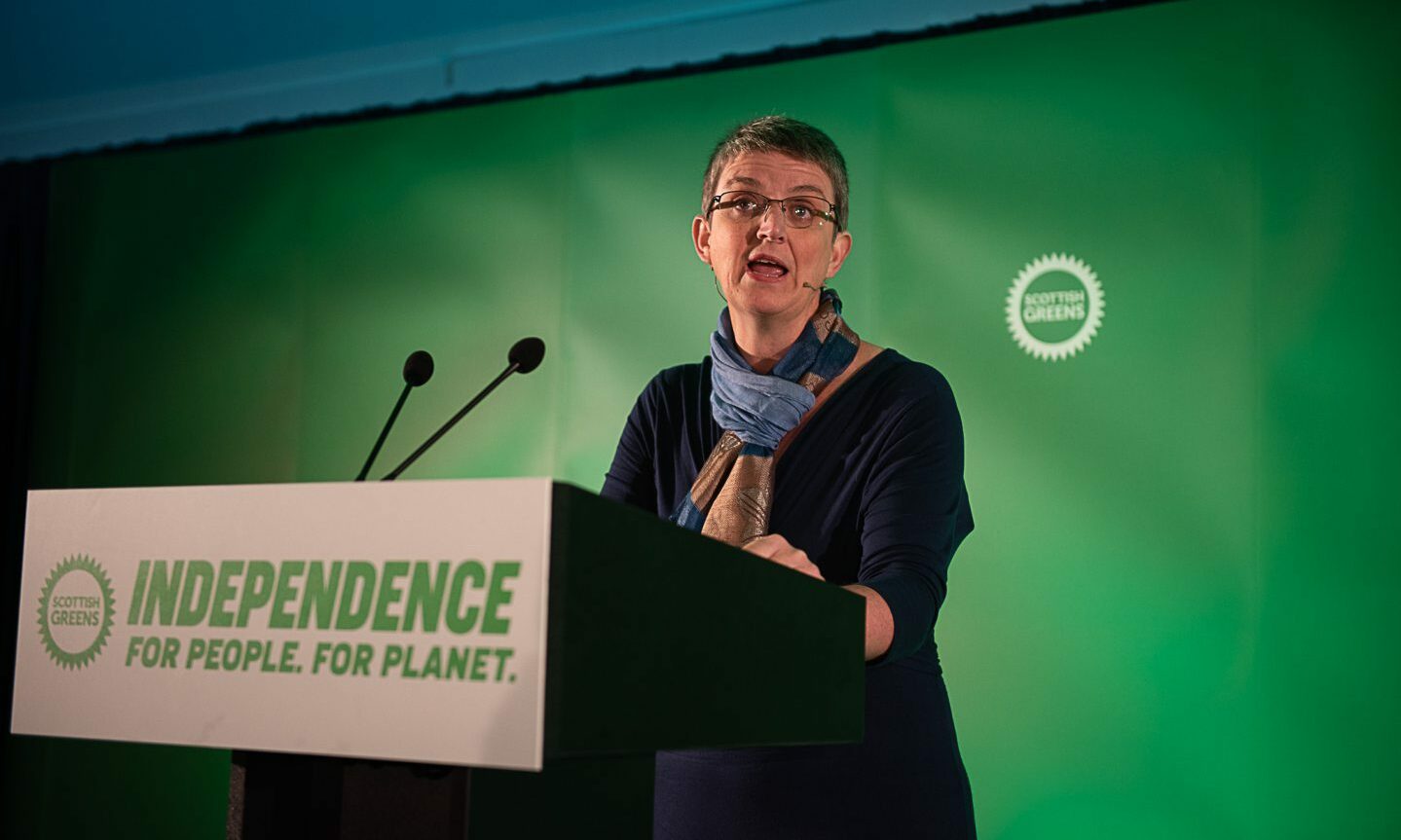
It has become a wearily familiar picture for anybody who lives in Aberdeen; the closure of so many long-established businesses and their replacement with To Let signs, vaping outlets and bookies’ premises on Union Street.
Yet how many of their patrons would fancy a flutter on its main street or any other leading Scottish city or town centre orchestrating a renaissance in a post-Covid environment during a cost-of-living crisis, with rocketing inflation, rising energy bills, and the majority of local authorities staring at financial oblivion in their budgets?
Spectre of ghost town centres looms
The pandemic has transformed traditional retail habits and not to the benefit of the grand old thoroughfares in the central belt or the north-east and the Highlands.
Where once, families would spend weekends shopping together, packing the car with foodstuffs and other goods, visiting cafes, restaurants and beachfronts during the summer, and contributing to the local economy, millions of us nowadays buy our purchases online, use click and collect, or visit out-of-town superstores.
And there’s little sign of the drift being halted as main streets wither on the vine.
Ewan MacDonald Russell, deputy head of the Scottish Retail Consortium, has described any recent post-Covid recovery as a reminder of the serious challenges facing retailers.
He said: “On the High Street, the January sales attracted customers back into shops to take advantage of some heavily discounted products. Warm clothing products did well, but there was also evidence consumers took advantage of the sales to pick up non-seasonal items, possibly coinciding with shoppers planning for summer holidays.
Money is tight for most people
“Nonetheless, there is a clear sense that any retail recovery is deeply fragile. Consumers continue to be cautious with their spending, and any increase in their costs is likely to be felt in reduced shop takings.
“With that in mind, local and national government need to keep consumer incomes at the heart of their plans in the coming weeks. It should be obvious that any plans which increase the cost of living for the near future need ditched if they don’t want to quell any economic recovery before it comes entrenched.”
If that sounds a fairly downbeat assessment, it simply embodies the concerns voiced by many different experts, as they survey a transformation in where, when and how millions of Scots, especially in the 18-45 age group, choose to shop.
Older folk still enjoy visiting Union Street or the Eastgate Centre in Inverness, or catching up on a blether and a tea/coffee and a fancy piece with their friends in such disparate communities as Inverurie, Ellon, Dingwall, Elgin, Oban and Wick.
But how many of their younger family members are logging on to their laptops or mobile devises and buying from the comfort and convenience of their own homes?
The forecasts offer little cheer
Inverness-based economist Tony Mackay told me: “I am not optimistic about the retail sector in the town and city centres. The economic forecasts for the next three years are gloomy (for instance, from the Scottish Fiscal Commission), so there will not be any significant rise in consumer spending in the near future.
“I also believe that the moves to online retailing will become permanent. That implies there will be more shop closures.
“I believe strongly that the best strategy is to encourage more people to live in the town/city centres. That can be done by converting many of the empty shops and offices into flats and other accommodation. There should also be more investment in other non-retail activities such as entertainment facilities and health services”.
Nobody argues that the status quo is an option, but tackling the problem often leads to the same question: how do you attract more customers in a recession?
Members at Holyrood discussed the matter this week during a debate following the Economy and Fair Work Committee’s inquiry into retail and town centres in Scotland. And there was cross-party consensus that something has to change.
Jamie Halcro Johnston, the Conservative MSP for the Highlands, said: “To Let signs and shuttered buildings are becoming ever more conspicuous as properties remain empty, many of which are simply too big and not easy to repurpose. Even great shopping streets such as Sauchiehall Street in Glasgow are not safe – it has the highest city centre vacancy rate in Scotland, at 36%, well above the UK average of 14%.
“Those that succeed often do so despite the situation and system [not] because of it.”
The north-east Green MSP, Maggie Chapman, offered a wish list of the qualities which she thought would rejuvenate matters and turn the tide away of the present decline.
She said: “We want town centres that have all the important places that people need if they are to gather together – schools and nurseries, libraries and community centres, surgeries and advice centres, venues, cafes and pubs – and all the special places that people can enjoy together or alone, such as gardens, parks, beaches, riverside walks and green spaces that heal and restore mind and body”.
However, this was just 24 hours before Aberdeen City Council – which is run by an SNP-Liberal administration – took an axe to some of the very places, such as libraries, nurseries and sporting amentities, which Ms Chapman had mentioned in her speech.
In terms of sparking a renaissance in the Granite City, the Aberdeen and Grampian Chamber of commerce accepts the public purse strings have never been tighter.
Ryan Crighton, its director of policy and marketing, told me: “There are a few things I think could help us on the way to a brighter future for Union Street. My ask of the council is two-fold.
“One – support the private sector in its efforts to stimulate investment in Union Street. Everyone is clear that public finances are stretched like never before. We understand the position the council is in; one which is likely to get even tighter in the years ahead.
Do what you say you are going to do
“The chamber believes it is the role of local and national government to create the framework and conditions that will act as a catalyst to enable the private sector, investors, companies and entrepreneurs to do their bit. The second ask is that you do what you say you are going to do. You have a plan, stick to it and see it through.
“We need the local authority to deliver on its masterplan, the transformation of the beachfront and the major interventions on Union Street, including the market. We welcome the commitment to this in the council budget [approved last Wednesday].”
Tom Arthur, the Scottish Government Minister for Public Finance, Planning and Community Wealth said: “The most profound way in which we can influence change for our town centres in the long run, beyond the immediate interventions that we make here and now, is to rewire how our economies operate at local and regional levels. Community wealth building is key to delivering that.”
“On town centres, we work collaboratively with communities, local government, the third sector and the private sector to deliver our shared vision.”
Time to forget about the past
It’s clear that new initiatives are required, but it’s no time to be defeatist. As Mr Crighton said: “City centres are still a viable investment option for financiers – but they need to see there is a plan, and they need to know what they are investing in.
“If it’s more of the same out there, you can forget it”.



